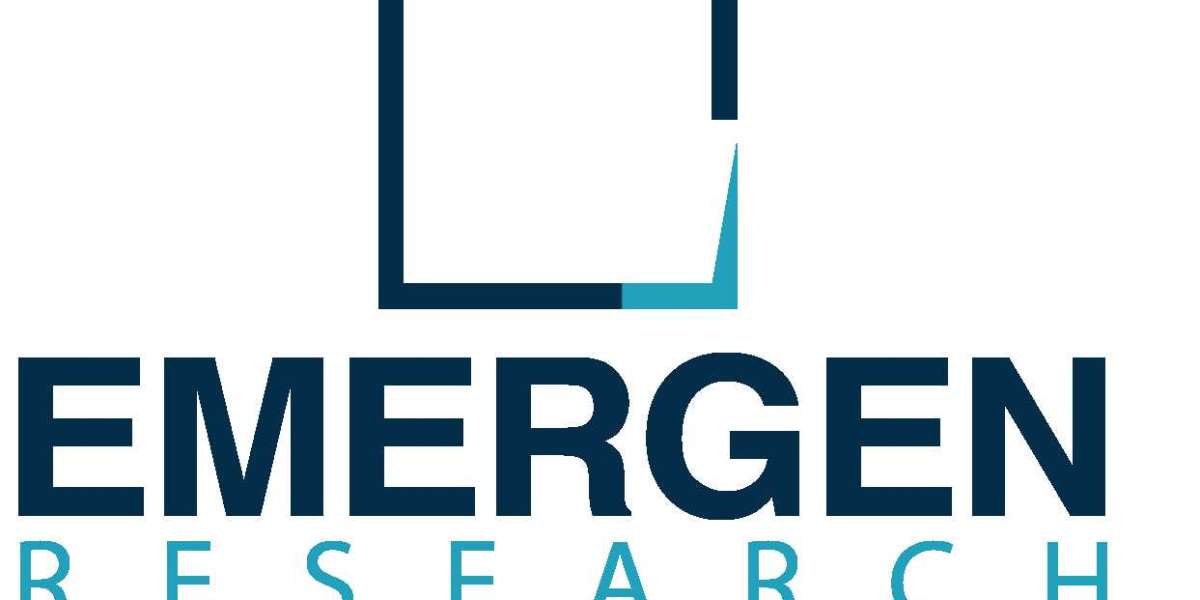Understanding Storm Damage Roof Repairs
1.1 Types of Storm Damage
Storm damage to roofs can manifest in various ways. Strong winds can cause shingles to loosen or be completely blown off, leaving the underlying structure exposed. Hailstones can create dents or punctures on the roof surface, compromising its integrity. Heavy rain can lead to leaks and water damage if the roofing materials are not in good condition.
1.2 Importance of Timely Repairs
Prompt repairs are crucial after a storm to prevent further damage and ensure the safety of your home and family. Delaying repairs can exacerbate existing issues, leading to more extensive and expensive repairs down the line. It is essential to address storm damage promptly to maintain the structural integrity of your roof.
Initial Assessment and Documentation
2.1 Conducting a Visual Inspection
After a storm, it is important to conduct a thorough visual inspection of your roof to assess the extent of the damage. Use caution and ensure your safety while inspecting the roof. Look for signs of missing shingles, cracks, dents, and water spots. It is advisable to have a professional roofing contractor inspect the roof if you are not comfortable doing it yourself.
2.2 Documenting the Damage
Take clear photographs or videos of the damage to provide visual evidence for your insurance claim and repair estimates. Documenting the damage will help in accurately estimating the scope of repairs and prevent any discrepancies during the claim process.
Hiring a Professional Roofing Contractor
3.1 Researching Reputable Contractors
When selecting a roofing contractor, it is important to do thorough research. Look for contractors with a good reputation, positive customer reviews, and experience in handling storm damage repairs. Check if they are licensed, insured, and offer warranties on their work.
3.2 Requesting Estimates
Contact multiple roofing contractors and request detailed estimates for the repair work. Ensure that the estimates include all the necessary components, such as materials, labor costs, permits, and any additional charges. Compare the estimates and choose the contractor that offers the best value for your money.
Storm Damage Roof Repair Estimate Process
4.1 Evaluation of Roofing Materials
The cost of storm damage roof repairs depends on the type and quality of the roofing materials used. The estimate should include a detailed breakdown of the materials required for the repair, such as shingles, underlayment, flashing, and sealants.
4.2 Labor Costs and Timeframe
Labor costs play a significant role in the overall estimate. The complexity of the repair, accessibility of the roof, and the time required for the job will determine the labor costs. The estimate should provide an estimated timeframe for completing the repairs.
4.3 Additional Costs and Contingencies
Unforeseen issues may arise during the repair process, leading to additional costs. The estimate should account for potential contingencies and include provisions for any additional repairs or replacements that might be necessary.
Supplemental Estimates and Insurance Claims
5.1 Understanding Supplemental Estimates
Supplemental estimates come into play when the initial estimate does not cover all the necessary repairs. They are additional estimates that account for hidden damages or unforeseen issues that were not initially apparent. Supplemental estimates are crucial for ensuring that the repairs are comprehensive and address all storm-related damage.
5.2 Working with Insurance Companies
When filing an insurance claim for storm damage roof repairs, it is important to provide the necessary documentation, including the initial estimate and any supplemental estimates. Work closely with your insurance company, and follow their procedures for claim submission. Keep all communication and documentation well organized.
Selecting the Right Roofing Materials
6.1 Impact Resistance and Durability
When repairing or replacing your roof, consider materials that offer high impact resistance and durability. Impact-resistant shingles or metal roofing can better withstand future storms and minimize the risk of damage.
6.2 Energy Efficiency and Insulation
Opt for roofing materials that provide energy efficiency and insulation benefits. Energy-efficient roofs can help reduce heating and cooling costs, while proper insulation can enhance comfort levels inside your home.
6.3 Consideration of Local Climate
Take into account the local climate when selecting roofing materials. Choose materials that can withstand the specific weather conditions prevalent in your area, such as high winds, heavy rain, or extreme heat.
DIY vs. Professional Repairs
7.1 Pros and Cons of DIY Repairs
While some homeowners may consider DIY repairs to save costs, it is important to weigh the pros and cons. DIY repairs require expertise, proper tools, and safety precautions. Minor repairs can be manageable, but larger or more complex repairs are best left to professionals.
7.2 Benefits of Hiring Professionals
Professional roofing contractors have the knowledge, experience, and equipment to handle storm damage roof repairs effectively. They can ensure the repairs are done correctly, efficiently, and in compliance with local building codes. Hiring professionals also reduces the risk of accidents or further damage during the repair process.
The Importance of Regular Roof Maintenance
8.1 Inspections and Maintenance Checklist
Regular roof maintenance is essential for preventing storm damage and prolonging the lifespan of your roof. Schedule routine inspections and perform necessary maintenance tasks, such as cleaning gutters, trimming nearby trees, and addressing minor issues promptly.
8.2 Addressing Minor Issues Promptly
Small issues, such as loose shingles or minor leaks, should not be ignored. Addressing them promptly can prevent them from escalating into more significant problems during a storm. Regular maintenance and timely repairs can save you from costly repairs or premature roof replacement.
Conclusion
Storm damage to roofs can be a challenging situation for homeowners. By understanding the process of storm damage roof repair estimates and supplemental estimates, you can ensure that the necessary repairs are carried out promptly and accurately. Hiring a reputable roofing contractor, documenting the damage, and working closely with your insurance company will help streamline the process and restore the integrity of your roof.








